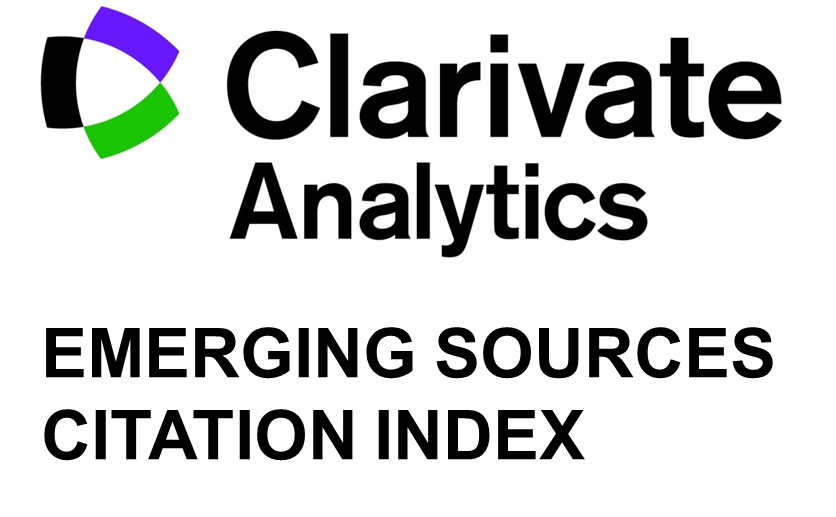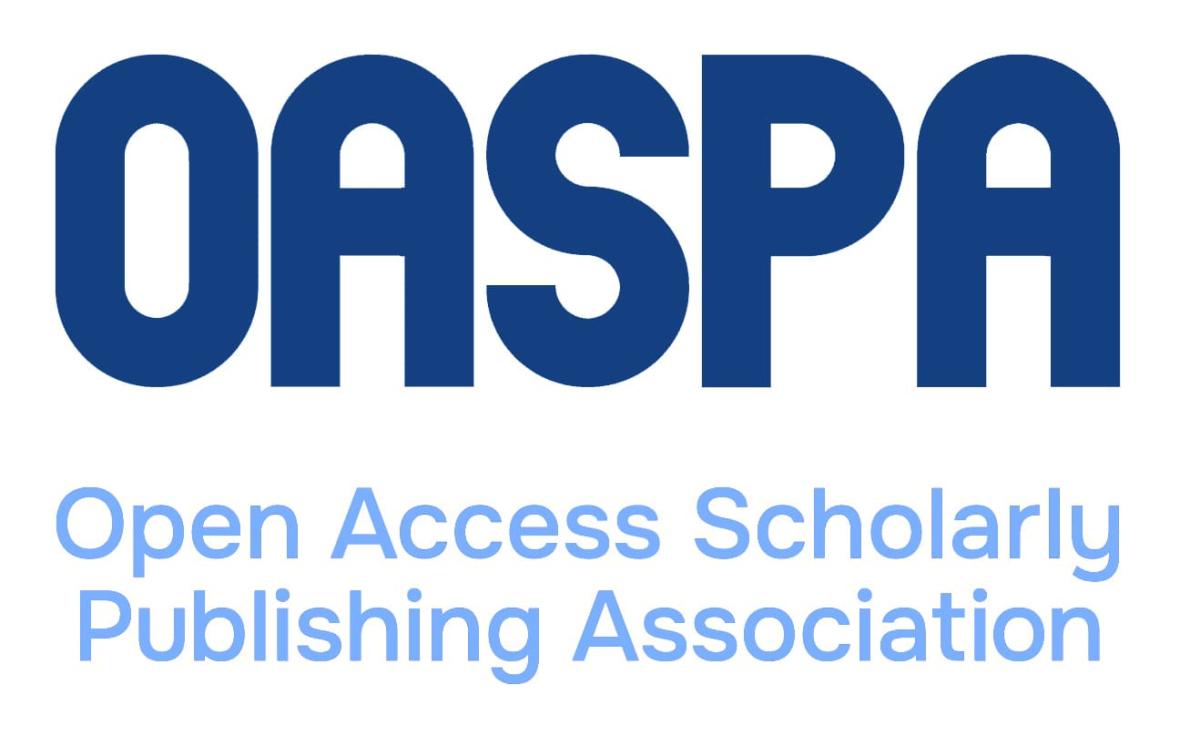A. A. Tiutiunikov, A. V. Ulezko. Conceptual Approach to the Organization of Rural Territories on the Basis of Agglomeration Structures
https://doi.org/10.15507/2413-1407.033.202501.120-137
EDN: https://elibrary.ru/wagtwx
УДК / UDC 338.431.2
Abstract
Introduction. In recent years, the concept of Russian rural development has been designed, which include the organization of rural agglomerations and key settlements. This concept is being implemented within the administrative boundaries of municipal and urban districts. However, it is not expected to completely solve the problems of rural development. Therefore, it has become relevant to explore alternative options for organizing the territorial structure and justifying new objects for managing rural development processes. The purpose of this article is to propose a conceptual approach to the formation of agglomerated groups of settlements based on the zoning and socio-economic profiling of rural and non-urbanized areas.
Materials and Methods. The study was conducted using the example of municipalities in the Voronezh Region. Approximately 40 % of these municipalities population live in rural or non-urbanized areas (data from 2018‒2022). To model the settlement structure of the region, we used the zoning method, which involves the construction of a minimum spanning tree. The region was divided into clusters using the SKATER algorithm. These clusters are considered prototypes of potential “rural subregions”, which are rational agglomerations that unite settlements from several administrative districts. The calculations were carried out using the GeoDa 1.22 software.
Results. The zoning of rural and non-urban areas in the Voronezh Region has been carried out based on options that involve strict and non-strict compliance with the official lists of rural agglomerations and key settlements. Based on clustering results, eight potential rural sub-regions with similar socio-economic potential have been identified and profiled for each option. These subregions have the potential to form a multi-tiered system of public services based on several core locations.
Discussion and Conclusion. A comparison of the zoning options revealed the advantage of the spatial structure of the second option. In the initial conditions, it is assumed that several settlements with a population more than 50 000 inhabitants and suburban areas will be allowed to cluster together. The developed methodology can serve as a basis for further research on the economic space of agglomeration structures in rural and non-urban areas. The results of this study may be useful for the development of strategies and programs for socio-economic development at the regional and municipal levels.
Keywords: rural agglomerations, key settlements, non-urbanized territories, rural development, zoning, Voronezh Region, spatially constrained cluster analysis, SKATER algorithm
Conflict of interest. The authors declare no conflict of interest.
For citation: Tiutiunikov A.A., Ulezko A.V. Conceptual Approach to the Organization of Rural Territories on the Basis of Agglomeration Structures. Russian Journal of Regional Studies. 2025;33(1):120–137. https://doi.org/10.15507/2413-1407.033.202501.120-137
REFERENCES
1. Goffette-Nagot F., Schmitt B. Agglomeration Economies and Spatial Configurations in Rural Areas. Environment and Planning A: Economy and Space. 1999;31(7):1239‒1257. https://doi.org/10.1068/a311239
2. Holmen R.B. Agglomeration Decay in Rural Areas. Insights into Regional Development. 2022;4(3):139‒155. https://doi.org/10.9770/ird.2022.4.3(9)
3. Toccaceli D. Agricultural Districts in the Italian Regions: Looking toward 2020. Agricultural and Food Economics. 2015;3:1. https://doi.org/10.1186/s40100-014-0019-9
4. Salvati L., Carlucci M. The Economic and Environmental Performances of Rural Districts in Italy: Are Competitiveness and Sustainability Compatible Targets? Ecological Economics. 2010;70(12):2446‒2453. https://doi.org/10.1016/j.ecolecon.2011.07.030
5. Rangel-Preciado J.F., Parejo-Maruno F.M., Cruz-Hidalgo E., Castellano-Alvarez F.J. Rural Districts and Business Agglomerations in Low-Density Business Environments. The Case of Extremadura (Spain). Land. 2021;10(3):280. https://doi.org/10.3390/land10030280
6. Nie X., Wang C., Huang W. Evolution and Spatial Reconstruction of Rural Settlements Based on Composite Features of Agglomeration Effect and Ecological Effects in the Hexi Corridor, Northwest China. PLoS ONE. 2023;18(11):0294037. https://doi.org/10.1371/journal.pone.0294037
7. Voroshilov N.V. Criteria for Selecting Rural Agglomerations and the Mechanism for their Development Management. Territory Development. 2022;(1):51‒58 (In Russ., abstract in Eng.). https://doi.org/10.32324/2412-8945-2022-1-51-58
8. Katanandov S.L., Mezhevich N.M., Solodilov V.V. “Rural Agglomerations” and “Rural Associations of Settlements” ‒ Possible Directions for the Development of Local Self-Government in the North-West of Russia. Administrative Consulting. 2021;(9):9‒17. (In Russ., abstract in Eng.) https://doi.org/10.22394/1726-1139-2021-9-9-17
9. Avarskiy N.D., Alpatov A.V. Fundamentals of the Formation and Management of Agglomerations in Rural Areas of Russia. Economy of Agricultural and Processing Enterprises. 2024;(3):10‒18. (In Russ., abstract in Eng.) https://doi.org/10.31442/0235-2494-2024-0-3-10-18
10. Markwart E., Kiseleva N.N., Sosnin D.P. The System of Central (Reference) Settlements as a Management Tool: Theoretical and Practical Aspects. Vlast (The Authority). 2022;30(2):95‒111. (In Russ., abstract in Eng.) https://doi.org/10.31171/vlast.v30i2.8939
11. Semenova E.I., Semenov A.V. On the Formation of Rural Agglomerations. Economics of Agriculture of Russia. 2021;(1):96‒102. (In Russ., abstract in Eng.) https://doi.org/10.32651/211-96
12. Semkin A.G. Formation and Development of Agglomeration Management in Rural Areas. Economy, Labor, Management in Agriculture. 2024;(3):180‒190. (In Russ., abstract in Eng.) https://doi.org/10.33938/243-180
13. Kasimov A.A., Provalenova N.V. Methodology for Assessing the Resource Availability of Rural Agglomeration. Bulletin NGIEI. 2022;(6):71‒80. (In Russ., abstract in Eng.) https://doi.org/10.24412/2227-9407-2022-6-71-80
14. Kharitonov A.V., Merkurev V.V., Iurzina T.A., Kosinskiy P.D. Development of Rural Territories in the Conditions of the Formation of the Agglomeration System: Regional Aspect. AIC: Economics, Management. 2021;(9):88‒94. (In Russ., abstract in Eng.) https://doi.org/10.33305/219-88
15. Assunção R.M., Neves M.C., Camara G., Da Costa Freitas C. Efficient Regionalization Techniques for Socio‐Economic Geographical Units Using Minimum Spanning Trees. International Journal of Geographical Information Science. 2006;20(7):797‒811. https://doi.org/10.1080/13658810600665111
About the authors:
Aleksandr A. Tiutiunikov, Cand.Sci. (Econ.), Associate Professor, Leading Researcher of the Department of Agricultural Economics and Agro-Food Markets Research Institute of Economics and Organization of Agro-Industrial Complex of the Central Black Earth Region – branch of Voronezh Federal Agricultural Scientific Centre named after V. V. Dokuchaev (26A Serafimovicha St., Voronezh 394042, Russian Federation), ORCID: https://orcid.org/0000-0003-3138-349X, Researcher ID: K-3301-2017, Scopus ID: 56362770100, SPIN-code: 4203-3061, tiutiunikow@yandex.ru
Andrei V. Ulezko, Dr.Sci. (Econ.), Professor, Chief Researcher of the Department Agro-industrial Complex and Rural Areas Management Research Institute of Economics and Organization of Agro-Industrial Complex of the Central Black Earth Region – Branch of Voronezh Federal Agricultural Scientific Centre named after V.V. Dokuchaev (26A Serafimovicha St., Voronezh 394042, Russian Federation), ORCID: https://orcid.org/0000-0002-3279-6694, Researcher ID: J-3924-2017, Scopus ID: 56362551500, SPIN-code: 8804-4780, arle187@rambler.ru
Contribution of the authors:
A. A. Tiutiunikov – development of research methodology; data collection; data processing and analysis; analysis of results.
A. V. Ulezko – formulation of a scientific problem; review of the literature on the research topic; formulation of conclusions; critical analysis and revision of the text.
Availability of data and materials. The datasets used and/or analyzed during the current study are available from the authors on reasonable request.
The authors have read and approved the final manuscript.
Submitted 25.08.2024; revised 12.11.2024; accepted 16.12.2024.

All the materials of the "REGIONOLOGY" journal are available under Creative Commons «Attribution» 4.0
















